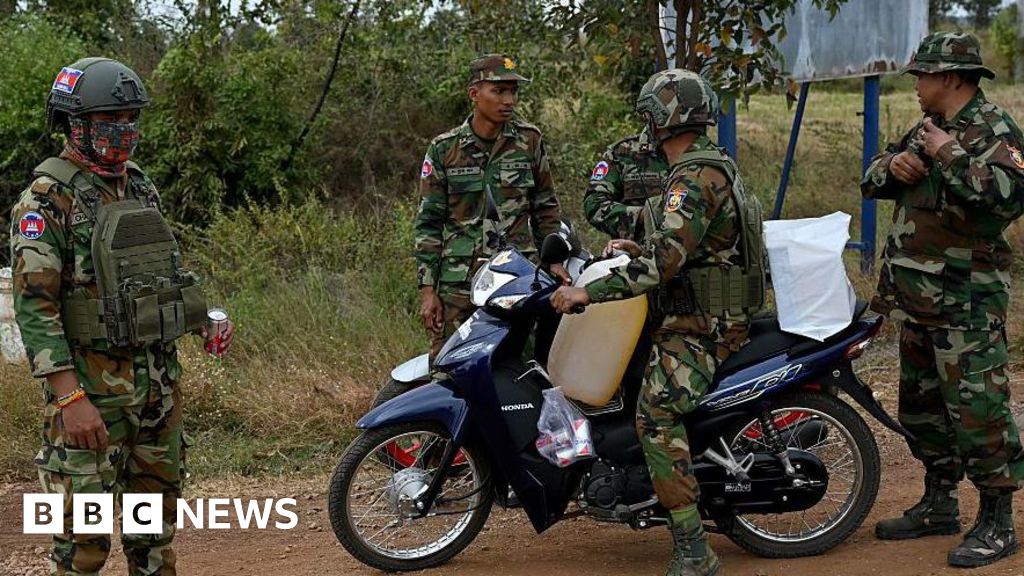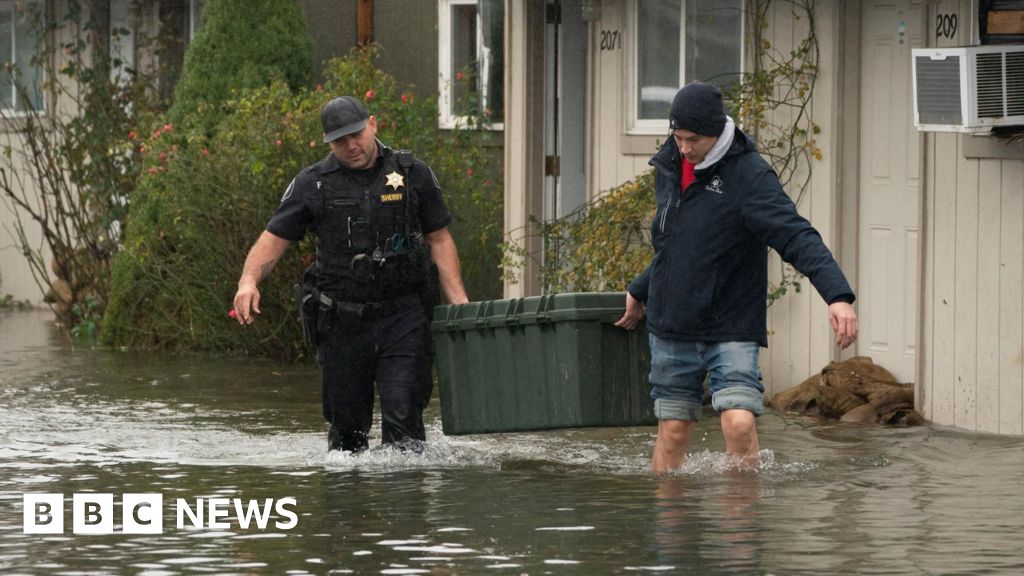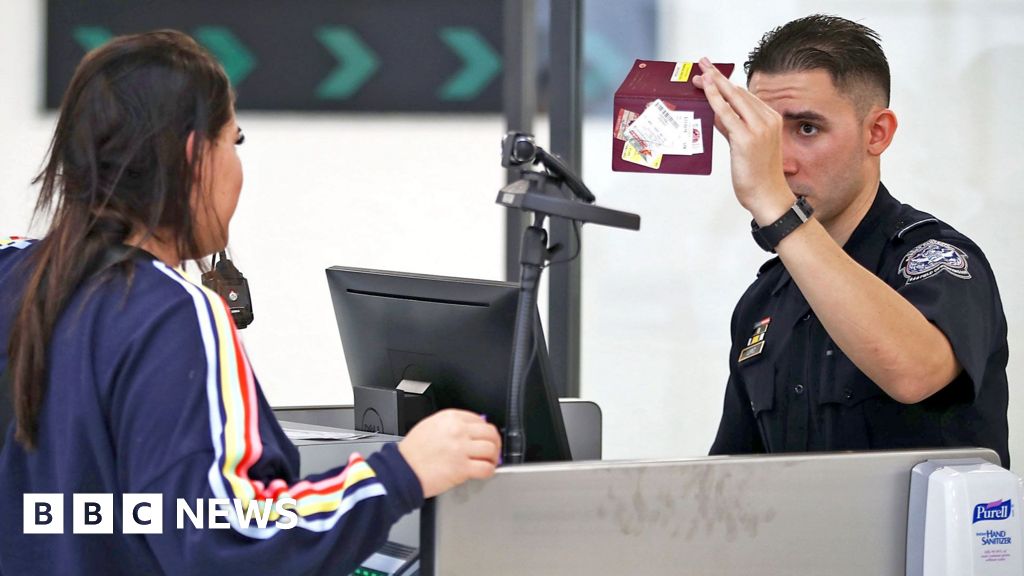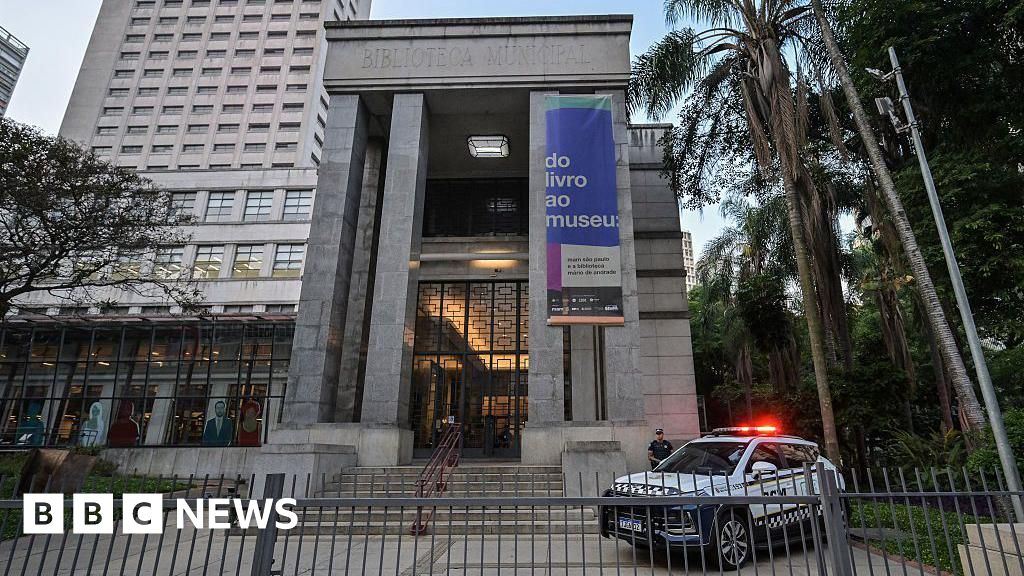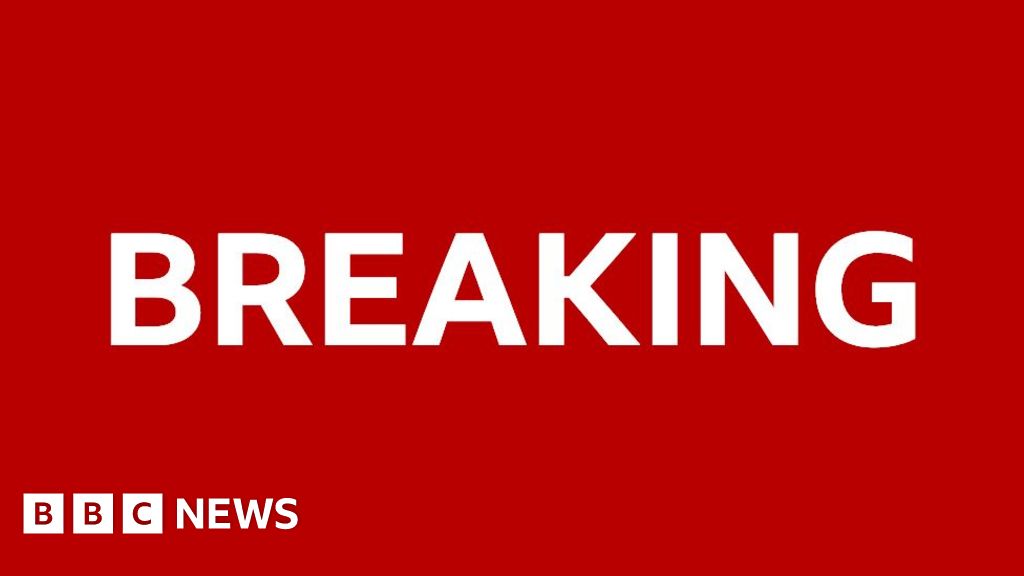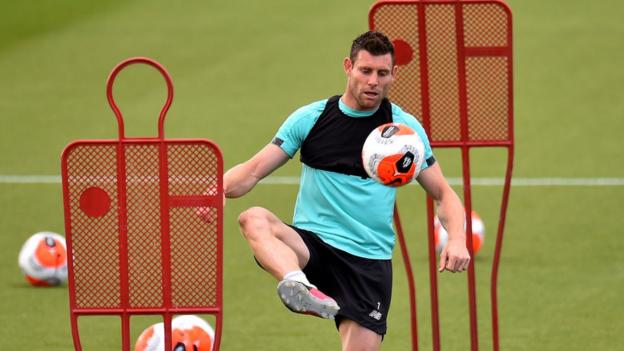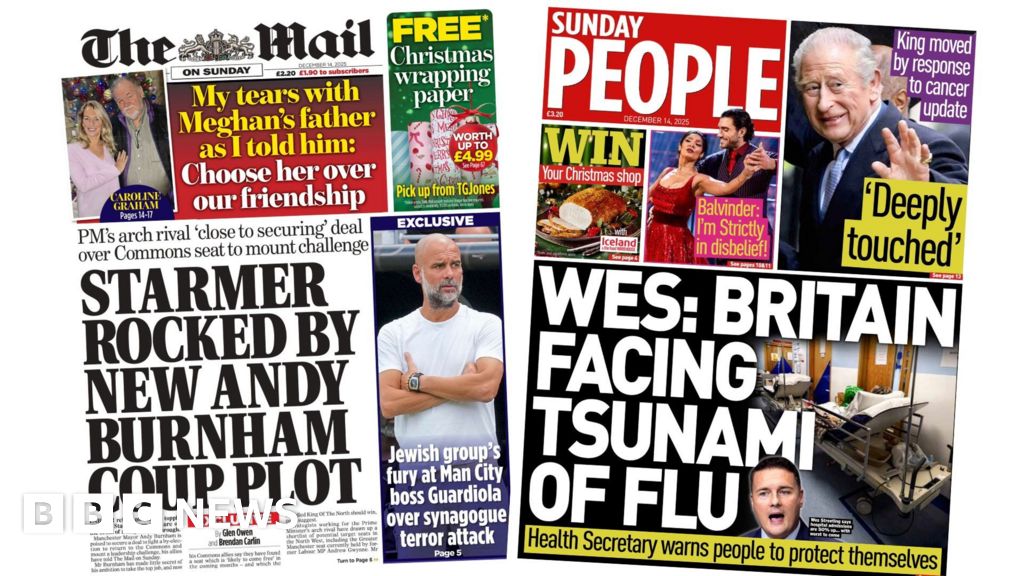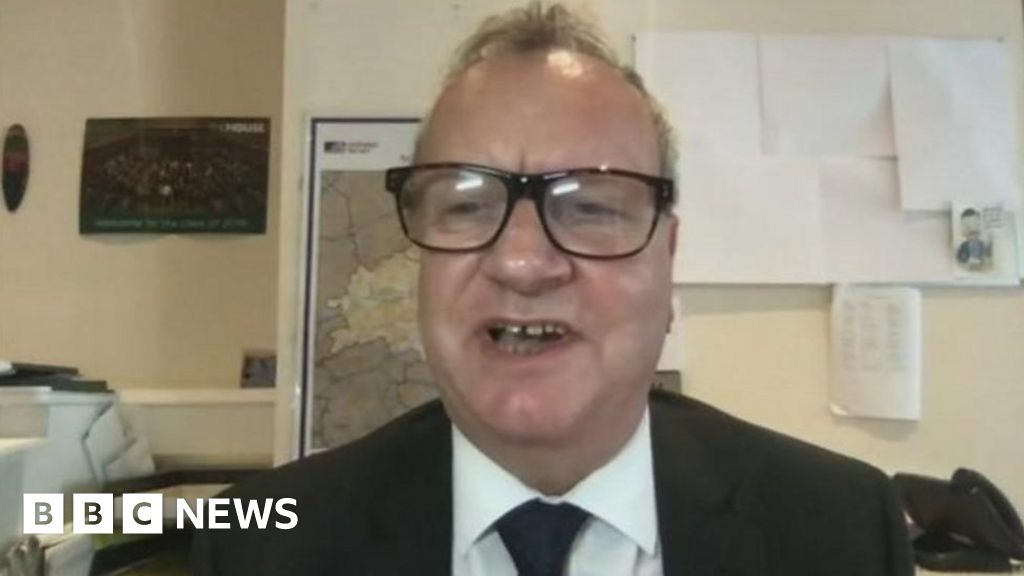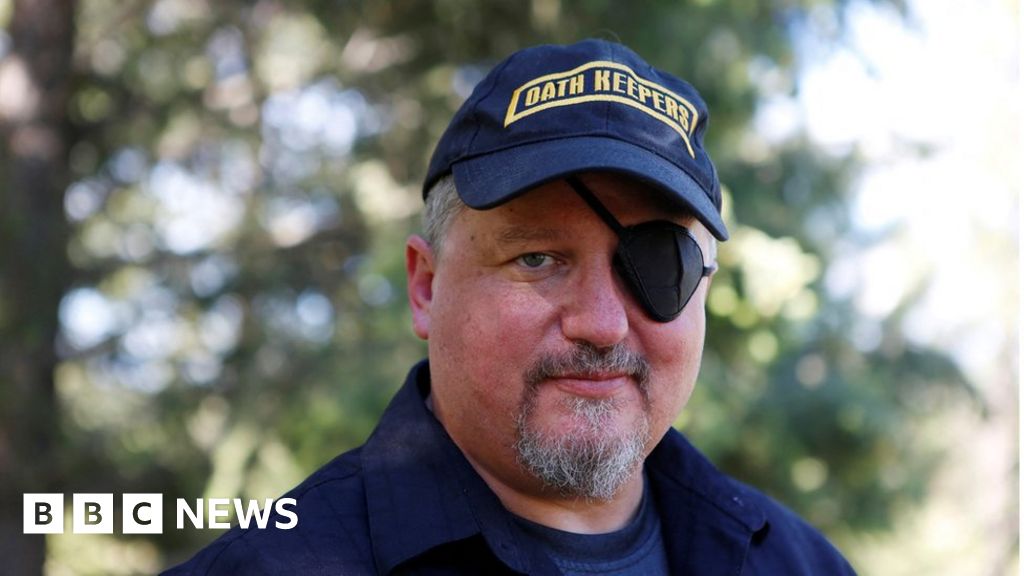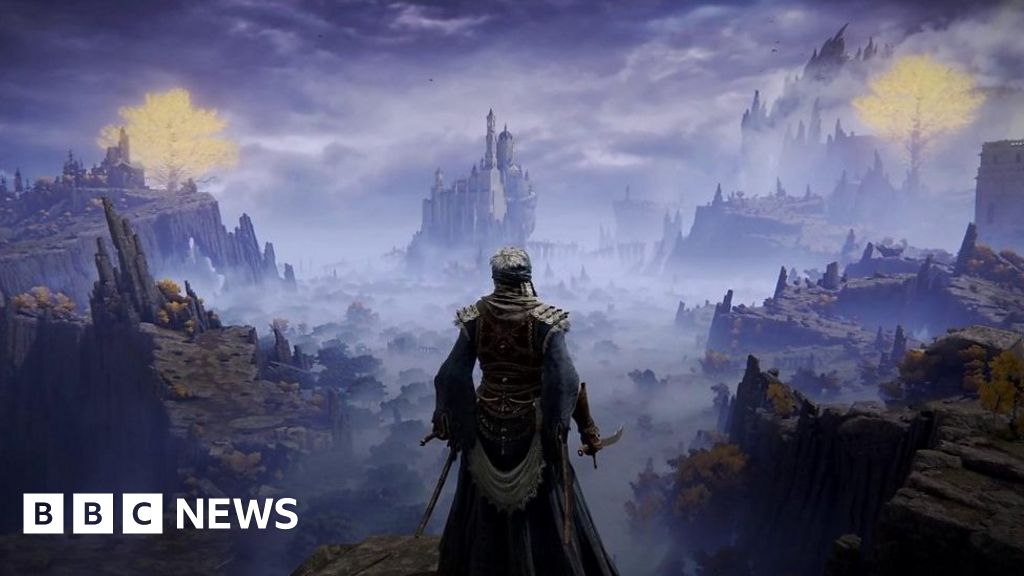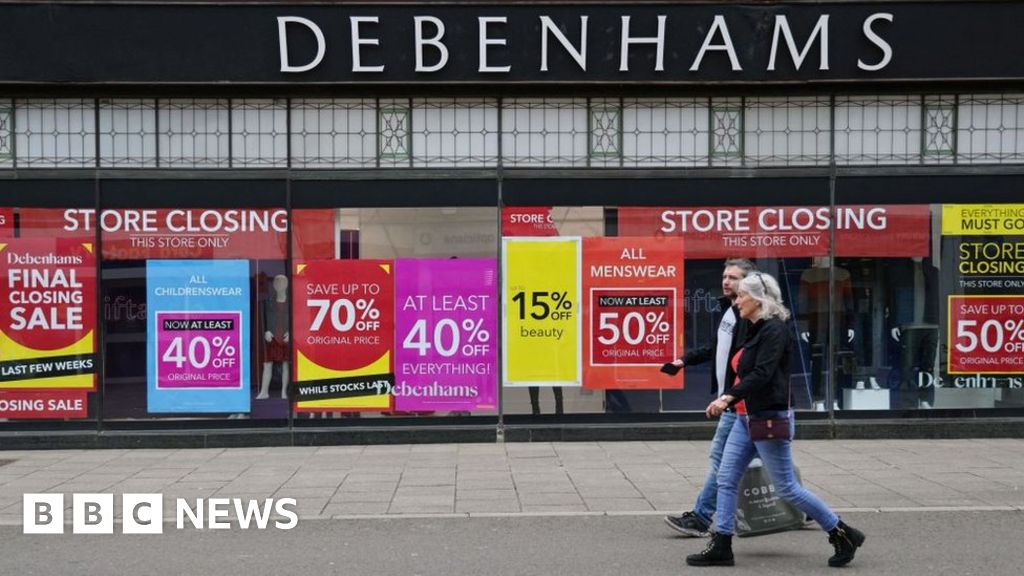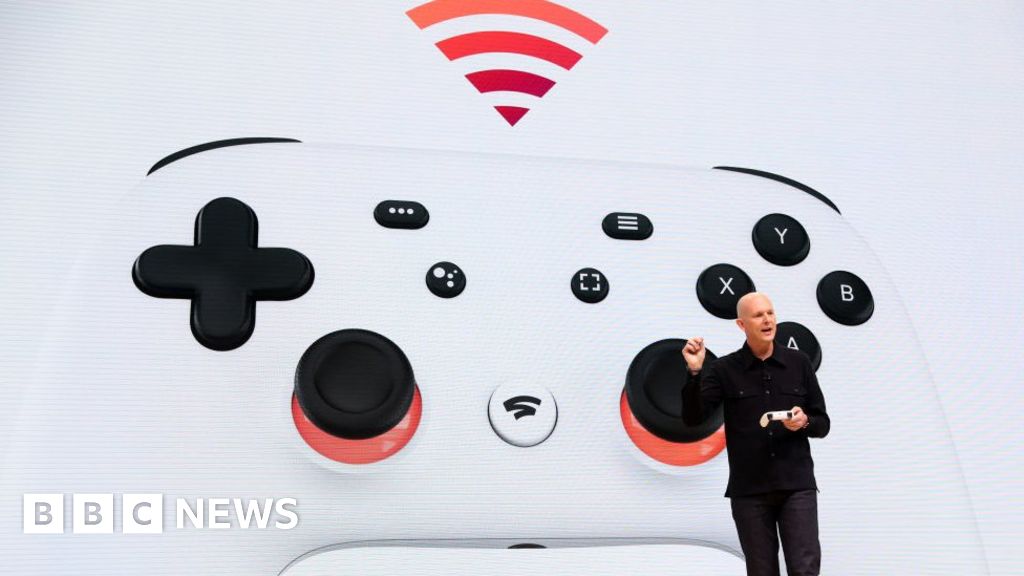Premier League clubs have unanimously voted to resume contact training as ‘Project Restart’ moves to phase two.
Players will be able to “train as a group and engage in tackling while minimising unnecessary close contact,” a statement said.
Discussions continue on plans to resume the season when “conditions allow”, it added.
Premier League players and staff will continue to be tested twice a week for coronavirus.
So far eight people have tested positive after 1,744 tests across the league. The third round of results is expected to be released on Wednesday.
The decision to return to contact training was agreed following consultation with clubs, players, managers, the Professional Football Association (PFA), the League Managers Association (LMA) and the government.
Plans for the third phase of Project Restart include a step towards normal training and build-up to competitive games.
Speaking on Friday, Premier League chief executive Richard Masters told BBC Sport the league was “as confident as we can be” about resuming the season in June, with 92 fixtures still to play.
Squads started non-contact training last week for the first time since the Premier League was suspended on 13 March because of the pandemic.
Clubs will discuss further issues on Thursday including the use of neutral stadiums, how to decide the season in the event of curtailment and voting on rebates to broadcasters.
Analysis – ‘A significant step in Project Restart’
BBC Sports News correspondent Laura Scott
This is a significant step on the timeline towards the resumption of the season, but brings with it a heightened risk of transmission.
This next stage would enable clubs to do 11 v 11 close-contact training, and clearly they will need to do that to get to a point where they are ready to play competitive matches again.
But it is yet to be explained who else would need to isolate if a player tests positive and had been training with several of their team-mates. It is likely to come down to the type of contact and length of contact with that person, using GPS trackers to determine this.
Social distancing will still need to be maintained off the field, and players and staff will have to actively opt-in to agree to the strict requirements – but also the added risks – that come with entering this next phase.

